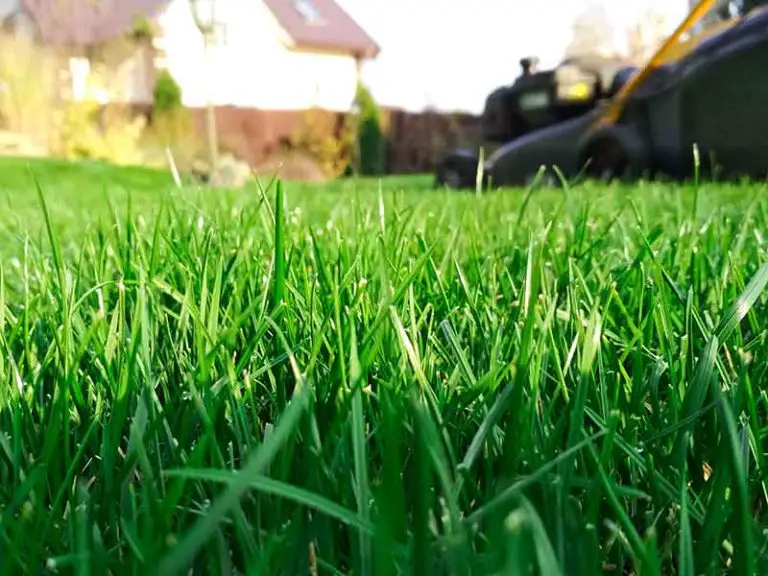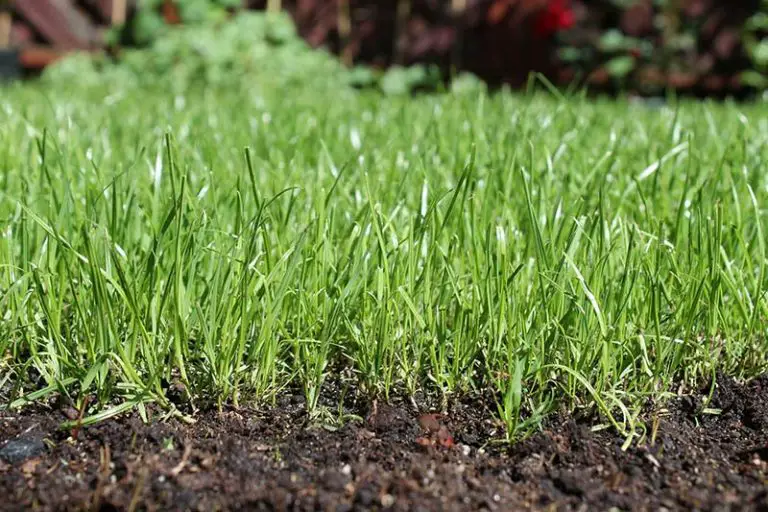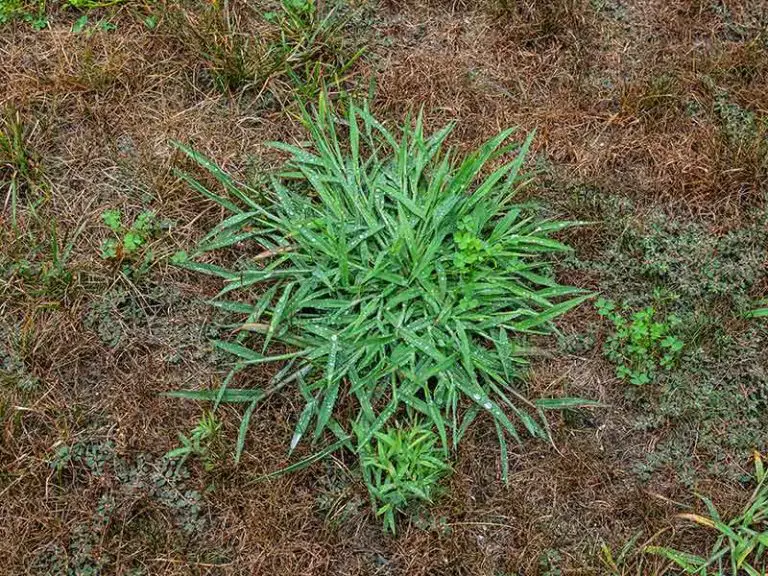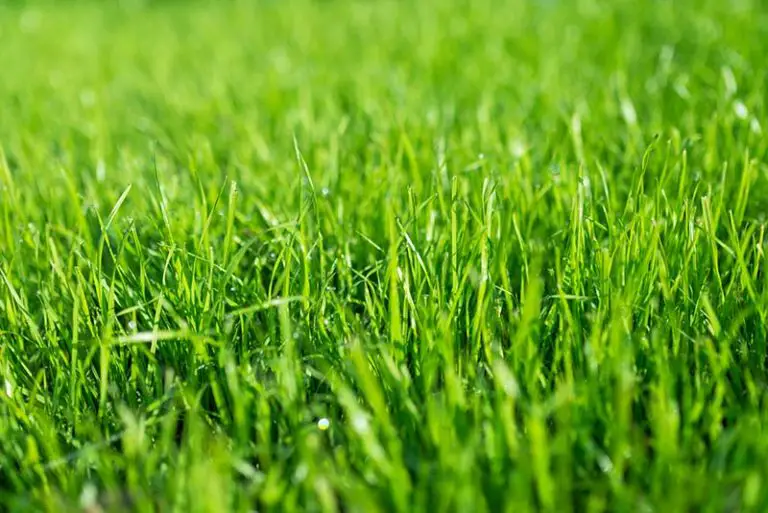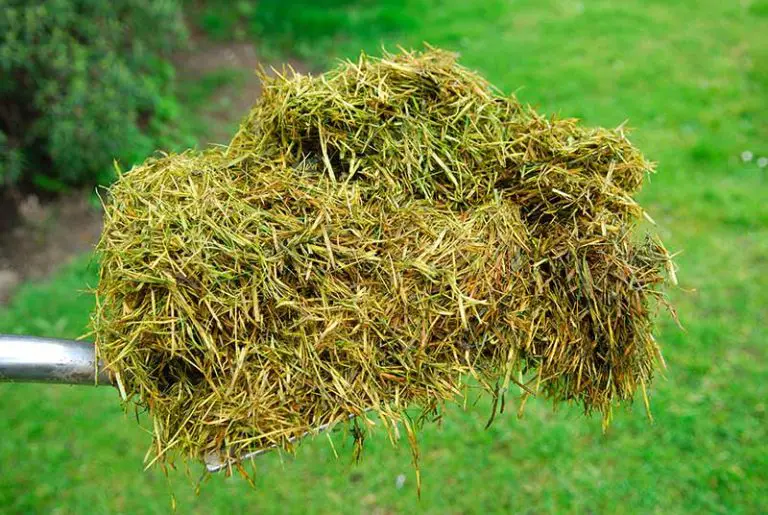What Does Atrazine Kill?
Atrazine is commonly mentioned and used in regards to gardening, due to its versatility and uses. It’s used, first and foremost, as a herbicide.
As a result, atrazine kills a selection of different types of weeds. Whilst it may not be able to kill everything harming your garden, or may damage grass along with it, it is a powerful and useful solution to many gardening woes.
What is Atrazine?
Atrazine is a compound used by gardeners during regular maintenance. It is more often than not an active component in weed and feed mixtures that are available to buy off the shelf in many gardening stores.
It’s often used in large quantities and is either diluted or mixed with other compounds such as weed and feed. It is most commonly used in the agriculture industry and used en masse to kill weeds on an industrial scale.
Atrazine is considered both pre-emergent and post-emergent. This means that it can kill weeds whilst they are developing and even after they are grown. This may differentiate it from other weed killers which may be advertised as being solely pre-emergent or post-emergent.
Is Atrazine Dangerous?
Atrazine is not dangerous in small amounts. It can sometimes even be detected in miniscule amounts in drinking water and food. Whilst it is harmless in very small amounts, it can become dangerous if exposed to a large quantity or it is inhaled in a large quantity. Generally speaking, when used correctly, atrazine poses no threat to humans and most animals.
What Weeds Does Atrazine Kill?
Atrazine is extremely effective and efficient at killing various weeds. Whilst it is effective against some, it is not necessarily effective against others. Make sure to check which weed killer is most effective against the weeds in your garden before investing.
Some of the weeds that atrazine is effective at killing include:
Some of these weeds are notoriously hard to kill, and may be hard to kill using other traditional methods. Atrazine is often used as a last resort for these types of weeds, and it can kill them successfully.
Atrazine can also kill pest grasses, which are invasive and can damage your lawn.
Some of these pest grasses include:
- Foxtail
- Quackgrass
- Wiregrass
- Sandspur
- Barnyard Grass
Knowing the different types of weeds that look like grass can help you identify invasive grass types quickly and fix the issue with ease.
Is Atrazine Safe for Grass?
Atrazine is considered safe for some grasses, but like any herbicide, repeated and extensive use will see the grass and surroundings damaged.
Whilst safe for some grasses, atrazine is unsafe for others. Atrazine is notably safe for lawns consisting of St. Augustine grasses and Centipede grass. This is due to the robust nature of these grasses, and their ability to withstand the herbicide which makes up atrazine.
Make sure you know which type of grass you have before using atrazine on your lawn.
Will Atrazine Kill Bermuda Grass?
Bermuda grass is known as an invasive species and can often affect lawns which are predominantly St. Augustine. As St. Augustine is strong enough to handle atrazine, it is possible to use atrazine as a solution for this problem. Of course, it is best used as a spot treatment to prevent any accidental plant death, as an excessive amount will kill even St. Augustine grass.
How to Use Atrazine
Atrazine can be used on lawns of all sizes, providing it is measured out correctly. Follow the instructions present on the back of your bag of weedkiller to ensure it is as effective as possible. Something to note about atrazine is that it is best used at certain times of the year and during certain temperatures.
- For the most effective results, use atrazine in the daytime when the temperature is approximately 50-90 degrees fahrenheit.
- Ensure it is applied in late spring or early summer, as this is when the temperature will be adequate and there will be less chance of weeds being well established.
- It should be applied no more than twice yearly, once in the spring and once in the fall.
- Allow the atrazine to dry completely before allowing anyone or anything on the lawn. This includes children, dogs, and birds should be dissuaded from landing on the lawn during this time.
- Make sure the solution is diluted correctly before application. This means reading the instructions carefully.
How Long Does It Take Atrazine to Work?
Atrazine can take upwards of a month to show complete results. This depends on the type of grass, soil type, and weeds that come into contact with the solution. Atrazine is renowned for working slowly but effectively, so don’t be discouraged if results do not appear as quickly as some other weed killers available on the market. Make sure to wait at least 6 weeks before reapplying, just in case.
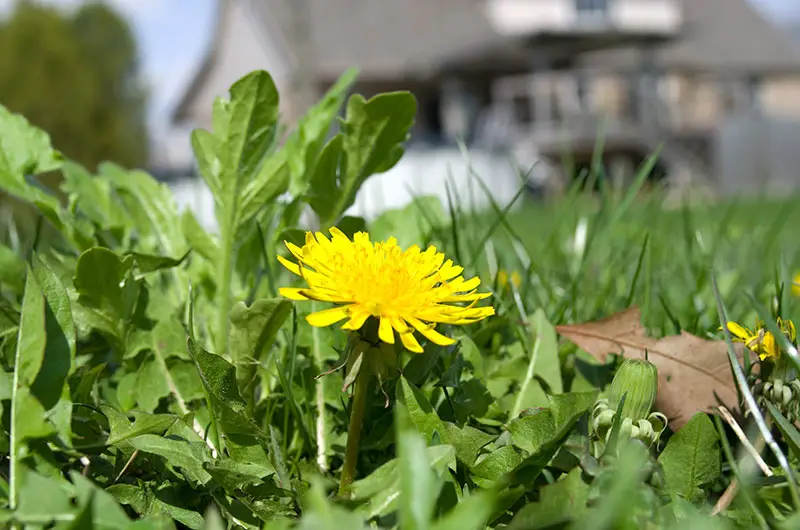
Is Atrazine Safe for Garden Plants?
Atrazine is designed for attacking weeds and other garden pests. The only issue is, however, that it cannot differentiate between wanted plants and unwanted plants. Whilst some types of grass are robust enough to withstand its effects, it can’t be said for all garden plants. It is best to avoid using atrazine on or near garden plants as it can warrant unwanted effects. To remove weeds from around garden plants, use a milder solution or weed and feed.
Final Thoughts
Atrazine is a very powerful compound which can be used to eradicate annoying weeds which may be immune to other weed killers on the market. Whilst atrazine is often used in an industrial setting, it is perfectly safe for home use, providing the grass that you have is able to survive its application.

